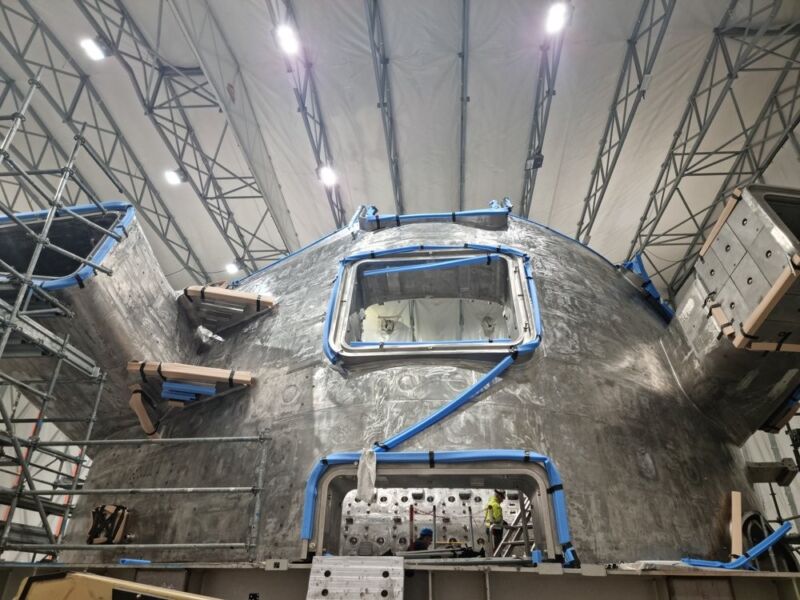
On Tuesday, the folks managing the ITER experimental fusion reactor introduced {that a} mixture of delays and altered priorities meant that its first-of-its-kind {hardware} would not see plasma till 2036, with the full-energy deuterium-tritium fusion pushed again to 2039. The latter represents a four-year delay relative to the earlier roadmap. Whereas the previous can also be a delay, it is due partially to altering priorities.
COVID and building delays
ITER is an try and construct a fusion reactor that is able to sustaining plasmas that enable it to function effectively past the break-even level, the place the power launched by fusion reactions considerably exceeds the power required to create the circumstances that allow these reactions. It is meant to hit that milestone by scaling up a well-understood design known as a tokamak.
However the issue has been affected by delays and value overruns practically from its begin. At early phases, many of those stemmed from modifications in designs necessitated by a greater and improved understanding of plasmas held at excessive pressures and temperatures as a consequence of higher modeling capabilities and a greater understanding of the habits of plasmas in smaller reactions.
The most recent delays are as a consequence of extra prosaic causes. One in all them is the product of the worldwide nature of the collaboration, which sees particular person parts constructed by totally different associate organizations earlier than meeting on the reactor website in France. The pandemic, unsurprisingly, severely disrupted the manufacturing of lots of these parts, and the undertaking’s construction meant that alternate suppliers could not be used (assuming alternate suppliers of one-of-a-kind {hardware} existed within the first place).
The second downside pertains to the placement of the reactor in France. The nation’s nuclear security regulator had issues concerning the meeting of among the parts and halted building on the reactor.
Excessive power from the beginning
Through the re-evaluation of the schedule that these delays would necessitate, the group that manages ITER re-assessed a few of its priorities. The earlier schedule would have seen getting plasma into the machine prioritized, seeing comparatively low-energy hydrogen plasmas put into the machine earlier than the entire last {hardware} was full. This might necessitate an prolonged shutdown after preliminary experiments earlier than the reactor could possibly be used at progressively increased energies, utilizing stronger deuterium and deuterium/tritium plasmas.
Within the earlier schedule, the low-energy, hydrogen-only plasmas would have began testing in 2025, a goal date that the delays have made fully unrealistic. As a substitute, they will now occur in 2034. Nonetheless, quite than being a set of transient demonstrations, these experiments will proceed for over two years and attain a lot increased energies. So, whereas having plasma within the machine can be delayed by practically a decade, the system’s magnets will attain energy solely three years later than anticipated below the earlier plan.
Full energy operations utilizing a deuterium/tritium gas combine can be set again by 4 years. Even when this new schedule is saved, nevertheless, that will not be till 2039.
So, we’re taking a look at 15 years even when there aren’t any additional delays. However the potential for mentioned delays seemingly went up, because the announcement signifies that ITER can be switching to a unique materials (from beryllium to tungsten) for the development of the interior wall that faces the plasma. This can be extra related since many different initiatives, together with industrial fusion startups, are planning on utilizing tungsten. However it could nonetheless add a brand new suite of technical and manufacturing delays.
The chance for ITER, nevertheless, is that each one of those delays trigger among the nations which are supporting the undertaking to again out. Or, if among the industrial fusion startups which have launched would have it, create the chance that fusion will already be right here by the point ITER is able to run.


